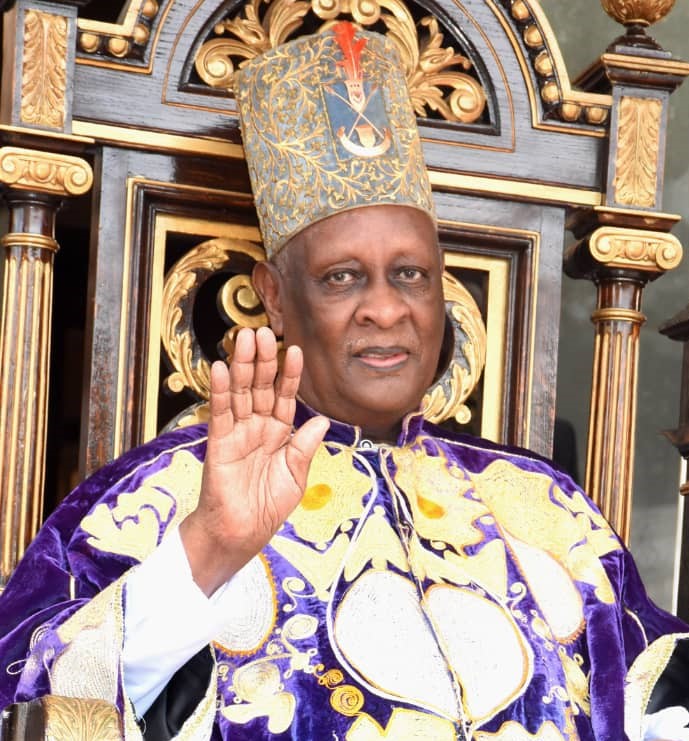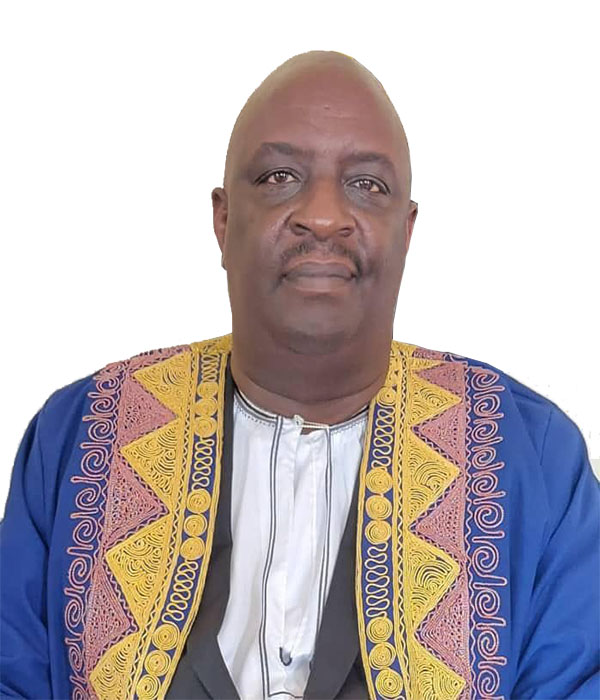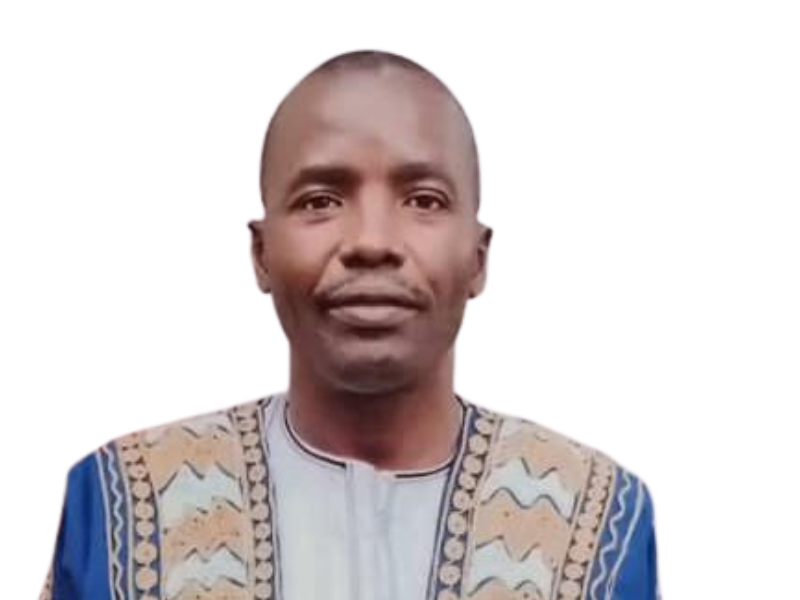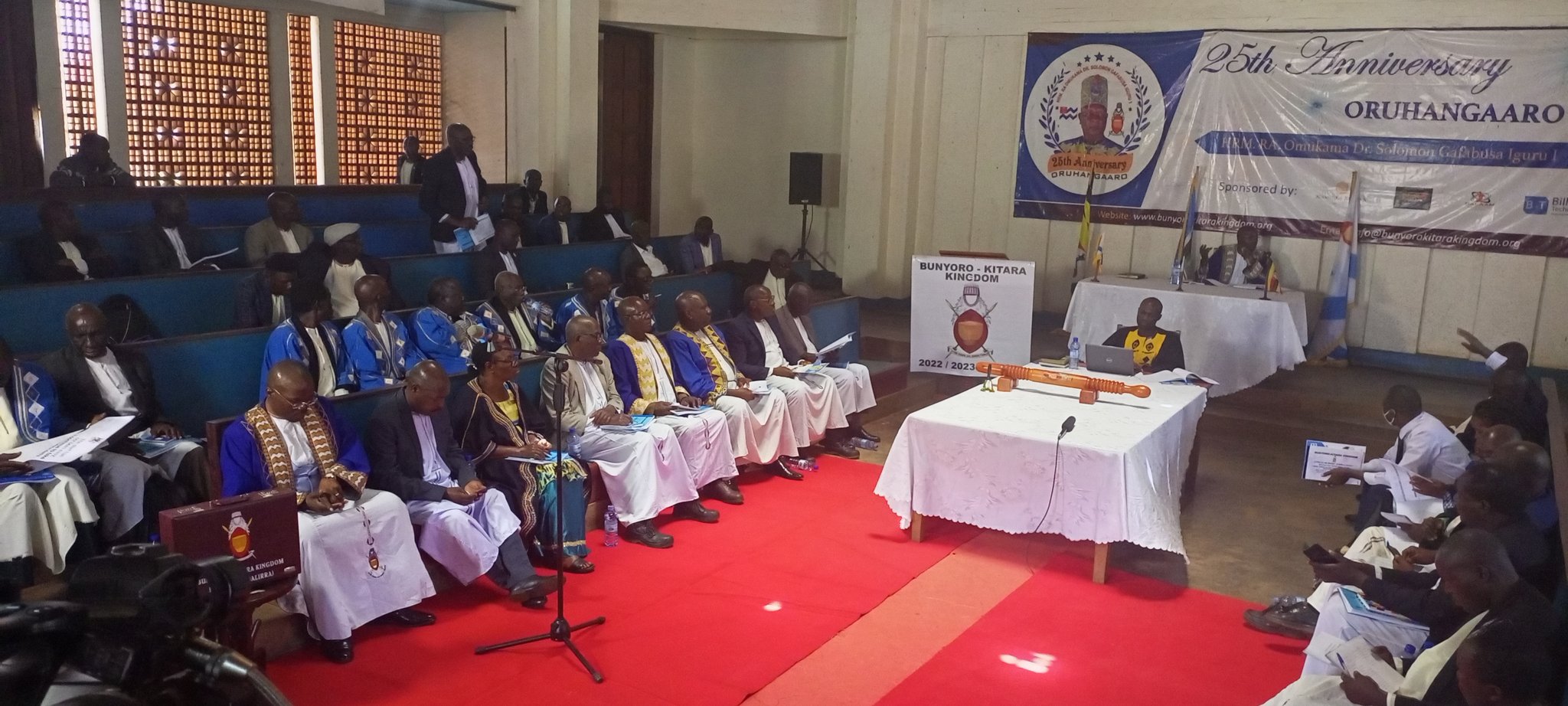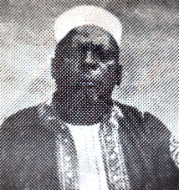
Chwa II Kabalega (June 18, 1853 – April 6, 1923), was the ruler or Omukama of Bunyoro in Uganda from 1870 to 1899, and a celebrated hero who fought against British colonialism.
He was born on June 18, 1853 to Omukama Kamurasi Mirundi Rukanama rwa Kanembe KYEBAMBE IV of Bunyoro-Kitara. His mother was called Kanyange Nyamutahingurwa Omunyonzakati Abwooli.
Kabalega ascended the throne in 1869 at the age of 16 as the 23rd Omukama from the Babiito Dynasty following the death of his father. He chose the throne name CHWA II after Omukama CHWA 1 Ente-Nkore Rumoma-Mahanga whose stories inspired him as a child. He was also later named Yohana (John) upon being baptised in captivity.
Kabalega led a historic revival of the kingdom and registered several victories in reclaiming lost territories, increased food production, cattle keeping and trade given that Bunyoro was the centre of iron smelting at that time, and had the Kibiro Salt Works.
He was a war genius. His blacksmith, who had acquired the art of duplicating European guns, manufactured for him his famous “Bagwigairebata” gun.
He resisted the British attempts to colonise his kingdom.
In June, 1872 Kabalega defeated Sir Samuel Baker at Masindi frustrating his attempt to annex Bunyoro and the entire Lake Victoria region to the equatorial province of Egypt. In 1888 Kabalega backed Prince Kalema of the neighbouring Buganda kingdom, and attacked Mengo and forced Kabaka Mwanga II to desert his capital and flee to Bulingugwe Island. Kalema ruled Buganda for 1 year before Mwanga II returned.
At the height of the British offensive on his kingdom, Kabalega went into hiding in Acholi in the north under the protection of Chief Awich Abok of Payira.
It’s from there that he consistently led his rebellion dubbed “Nyangire” that proved a thorn on the colonial skin. For five years, Kabalega was able to fend off the British, who had enlisted help from other countries including Somalia and Nubia.
On April 9, 1899, Kabalega was shot by the British, who captured him and the anti-imperialist Mwanga II of Buganda, who had been deposed by the British and had become allied to Kabelega. Kabalega was exiled to the Seychelles for 24 years. His son Kitahimbwa was appointed king but had little power as the kingdom was administered nearly directly by the colonial authority.
In science and innovation, according to R.W Felkin (a medical missionary), in 1879 Kabalega’s Bunyoro was the only place in the world where Caesarean section was performed to save both mother and baby. In other areas, the mother’s life was sacrificed for the child.
Further during Kabalega’s reign Bunyoro discovered a cure for sleeping sickness and Bunyoro’s citizens used to be immunised against endemic syphilis.
In 1923, Kabalega was given permission to return to Bunyoro but died in Jinja on April 6, 1923, shortly before reaching the borders of the kingdom.
In 1972, President Idi Amin renamed Murchison Falls, located within Murchison Falls National Park, Kabalega Falls after the Omukama.
On June 8, 2009, Kabalega was declared a national hero of Uganda by President Yoweri Museveni.
In 2010, the Most Honourable Order of Omukama Chwa II Kabalega was founded in honour of Kabalega by the Omukama of Bunyoro-Kitara.
Kabalega remains an inspirational figure for Ugandans and Africans at large, and many still name their children after him.
